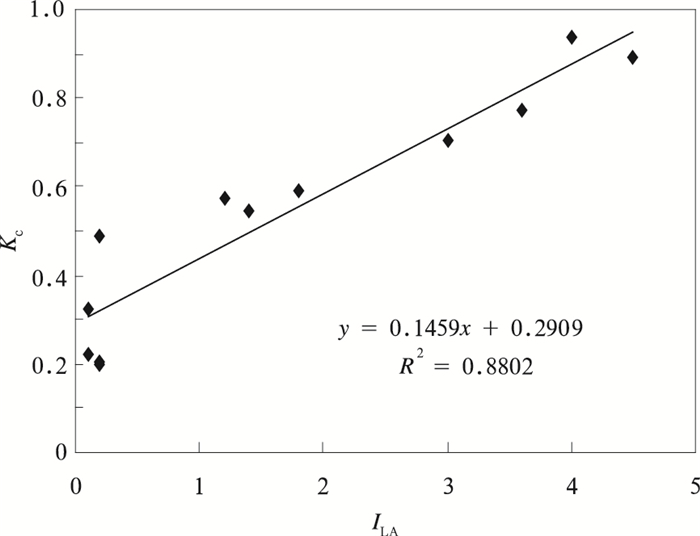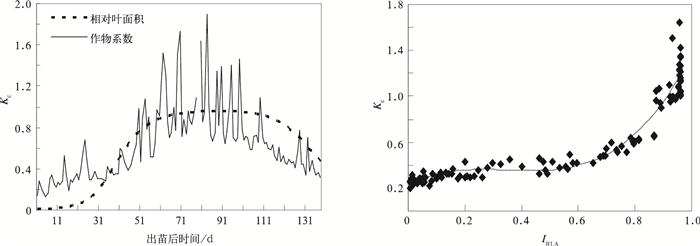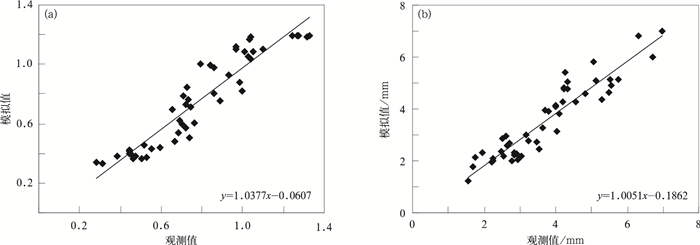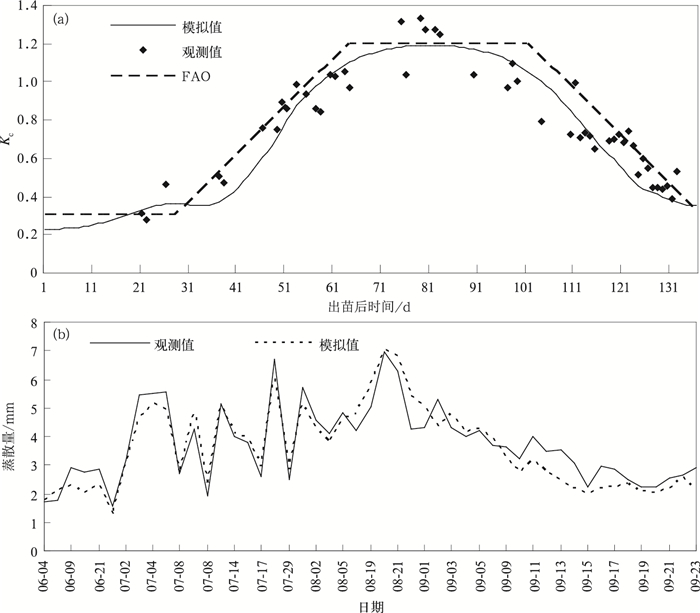|
[1]
|
|
|
[2]
|
|
|
[3]
|
|
|
[4]
|
|
|
[5]
|
|
|
[6]
|
Ding R, Kang S, Li F, et al.Evapotranspiration measurement and estimation using modified Priestley-Taylor model in an irrigated maize field with mulching. Agricultural and Forest Meteorology, 2013, 168:140-148. doi: 10.1016/j.agrformet.2012.08.003 |
|
[7]
|
Kjaersgaard J H, Plauborg F, Mollerup M, et al.Crop coefficients for winter wheat in a sub-humid climate regime. Agric Water Manag, 2008, 95(8):918-924. doi: 10.1016/j.agwat.2008.03.004 |
|
[8]
|
|
|
[9]
|
|
|
[10]
|
|
|
[11]
|
He B, Oue H, Wang Y, et al.Measurement and modeling of evapotranspiration from an irrigated wheat field in the Hetao Irrigation district of the Yellow River Basin. Journal of Japan Society of Hydrology and Water Resources, 2007, 20(1):8-16. doi: 10.3178/jjshwr.20.8 |
|
[12]
|
Kang S Z, Su X L, Tong L, et al.A warning from an ancient oasis:Intensive human activities are leading to potential ecological and social catastrophe. The International Journal of Sustainable Development and World Ecology, 2008, 15(5):440-447. doi: 10.3843/SusDev.15.5:5 |
|
[13]
|
Yan H F, Oue H.Application of the two-layer model for predicting transpiration from the rice canopy and water surface evaporation beneath the canopy. Journal of Agricultural Meteorology, 2011, 67(3):89-97. doi: 10.2480/agrmet.67.3.1 |
|
[14]
|
Yan H F, Zhang C, Oue H, et al.Comparison of different methods for estimating soil surface evaporation in a bare field.Meteorology and Atmospheric Physics, 2012, 118(3):143-149.
|
|
[15]
|
|
|
[16]
|
|
|
[17]
|
Allen R G, Pereira L S, Raes D, et al.Crop Evapotranspiration-guidelines for Computing Crop Water Requirements.Irrigation and Drainage Paper No.56, Food and Agricultural Organization of the United Nations, Rome, 1998.
|
|
[18]
|
Gao Y, Duan A, Sun J S, et al.Crop coefficient and water-use efficiency of winter wheat/spring maize strip intercropping. Field Crops Research, 2009, 111(1-2):65-73. doi: 10.1016/j.fcr.2008.10.007 |
|
[19]
|
Shrestha N K, Shukla S.Basal crop coefficients for vine and erect crops with plastic mulchin a sub-tropical region. Agric Water Manag, 2014, 143:29-37. doi: 10.1016/j.agwat.2014.05.011 |
|
[20]
|
Zhang C, Yan H F, Shi H B.Study of crop coefficient and the ratio of soil evaporation to evapotranspiration in an irrigated maize field in an arid area of Yellow River Basin in China. Meteorology and Atmospheric Physics, 2013, 121(3-4):207-214. doi: 10.1007/s00703-013-0264-6 |
|
[21]
|
Facchi A, Gharsallah O, Corbari C, et al.Determination of maize crop coefficients in humid climate regime using the eddy covariance technique. Agric Water Manag, 2013, 130:131-141. doi: 10.1016/j.agwat.2013.08.014 |
|
[22]
|
Shahrokhnia M H, Sepaskhah A R.Single and dual crop coefficients and crop evapotranspiration for wheat and maize in a semi-arid region. Theor Appl Climatol, 2013, 114(3-4):495-510. doi: 10.1007/s00704-013-0848-6 |
|
[23]
|
|
|
[24]
|
|
|
[25]
|
|
|
[26]
|
|
|
[27]
|
|
|
[28]
|
Alberto M C R, Quilty J R, Buresh R J, et al.Actual evapotranspiration and dual crop coefficients for dry-seeded rice and hybrid maize grown with overhead sprinkler irrigation. Agric Water Manag, 2014, 136:1-12. doi: 10.1016/j.agwat.2014.01.005 |
|
[29]
|
Liu C, Zhang X, Zhang Y.Determination of daily evaporation and evapotranspiration of winter wheat and maize by large-scale weighing lysimeter and micro-lysimeter. Agricultural and Forest Meteorology, 2002, 111(2):109-120. doi: 10.1016/S0168-1923(02)00015-1 |
|
[30]
|
Liu Y J, Luo Y.A consolidated evaluation of the FAO-56 dual crop coefficient approach using the lysimeter data in the North China Plain. Agric Water Manag, 2010, 97(1):31-40. doi: 10.1016/j.agwat.2009.07.003 |
|
[31]
|
Kang S Z, Gu B J, Du T S, et al.Crop coefficient and ratio of transpiration to evapotranspiration of winter wheat and maize in a semi-humid region. Agric Water Manag, 2003, 59(3):239-254. doi: 10.1016/S0378-3774(02)00150-6 |
|
[32]
|
|
|
[33]
|
|
|
[34]
|
Piccini G, Ko J, Marek T, et al.Determination of growth-stage-specific crop coefficient (K c) of maize and sorghum. Agric Water Manag, 2009, 96(12):1698-1704. doi: 10.1016/j.agwat.2009.06.024 |

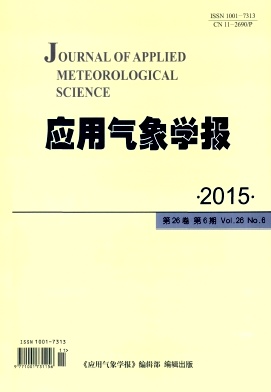



 DownLoad:
DownLoad:

